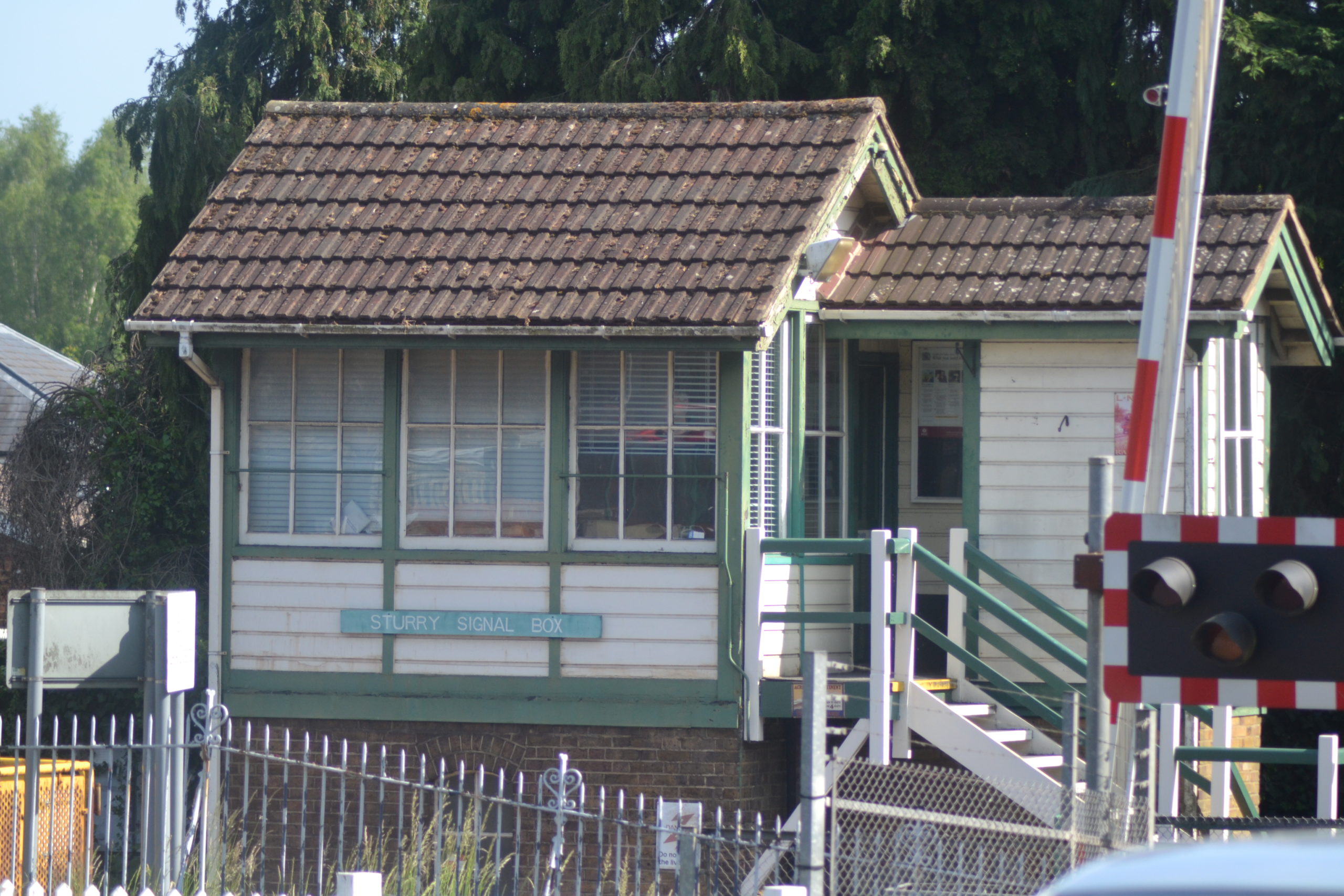This was posted on a local Facebook group’s page, and we have permission from the author to post it here.

First off, I’m a train driver, and am very familiar with the route as I drive it regularly. I used to live adjacent to St. Stephen’s crossing so I know all about the impact on traffic too.
The biggest issue with the crossing in Sturry is one I have never heard mentioned.
It’s the layout of the station platforms relative to the road.
The line was built, on a budget, in the 1840s, and was set out for short formation steam trains in the days of horses and carts.
The minimal cost approach meant level crossings where bridges might have been better, as can be seen by the effects of the crossings all along the line, in their impacts on rail and road traffic alike.
Steam trains are quiet(ish) when coming to a stop, and make a great deal of noise and smoke pulling away. So the platforms are staggered at many steam era stations to keep the engines as far away as possible from crossings of all sorts; so as not to frighten the horses or other livestock. A setup like Sturry also has its protecting signals a long way from the station in part to allow trains to coast in.

So, you’ve got a situation, 180 odd years after it was laid out, where trains completely different to those it was designed for are holding up traffic never envisioned, because of inherited shortcomings of a railway built at minimal cost.
To allow trains to approach at speed, signals as far away as Chislet one way and the Canterbury side of Broad Oak need to be “off”, which means the crossing gates in Sturry need to be closed. That’s several minutes wasted for road traffic just waiting for the train to get there. Once it arrives, most trains on that line now are either eight or even twelve coaches long, but the platforms can only accommodate four, with the tail most ones left hanging back over the crossing; where they stay until the passengers have finished getting on and off, and the train can be dispatched.
Believe me, I hate stopping there and seeing all the traffic blocked up, particularly if there is an emergency vehicle waiting with its blue lights on.
So, what could be done?
Personally, I’d suggest a new station away from the current site, and dropping the railway down and taking the road over and doing away with the crossing entirely, but if we accept that is beyond anyone’s budget, what cheaper options are there?
The best one would be to reverse the current layout of the platforms. Put them on the side of the crossing that the train is approaching from, and re-signal the approach so that trains can be brought in at busy times on a red signal with the crossing open to road traffic. It’s what happens at Rainham for instance. That way, the crossing need only be shut for long enough for a train to clear it from a standstill, which is a fraction of the time that they currently are.
The train operators may have issues with this however, as it would disproportionately impact on section times, as approaching a red signal and a live crossing requires much lower train speeds. Ever wondered why trains approaching from Minster do it much more slowly than those from Canterbury? It’s because there’s a red light on the end of the up platform.
Another, less intrusive/expensive/effective solution would be to extend the current platforms to at least eight coaches (preferably twelve), which would mean that stopped trains don’t block the crossing, together with a revision of the approaching signal layouts to bring their warnings closer to the station.
What do you think? Write to us, or email
KCC: Alan Marsh alan.marsh@kent.gov.uk
Sturry Parish Council (office@sturry-pc.gov.uk)
City Councillors:
georgina.glover@councillor.canterbury.gov.uk
Louise.Harvey-Quirke@councillor.canterbury.gov.uk


Leave a Reply